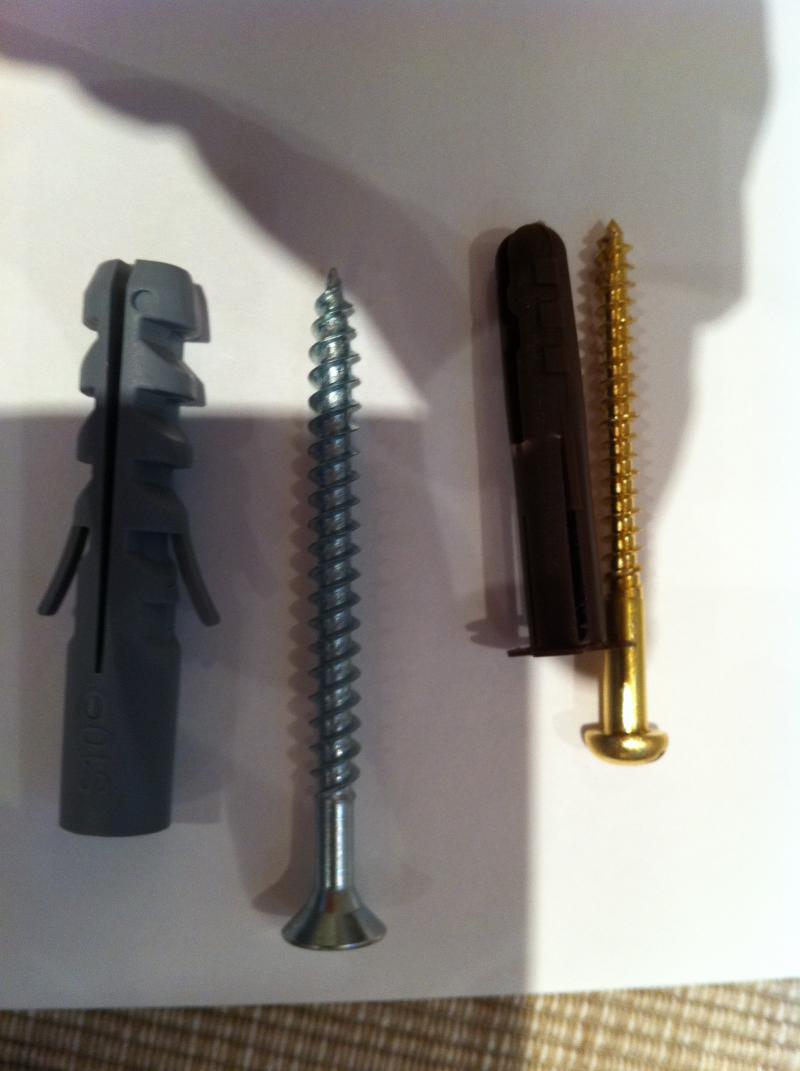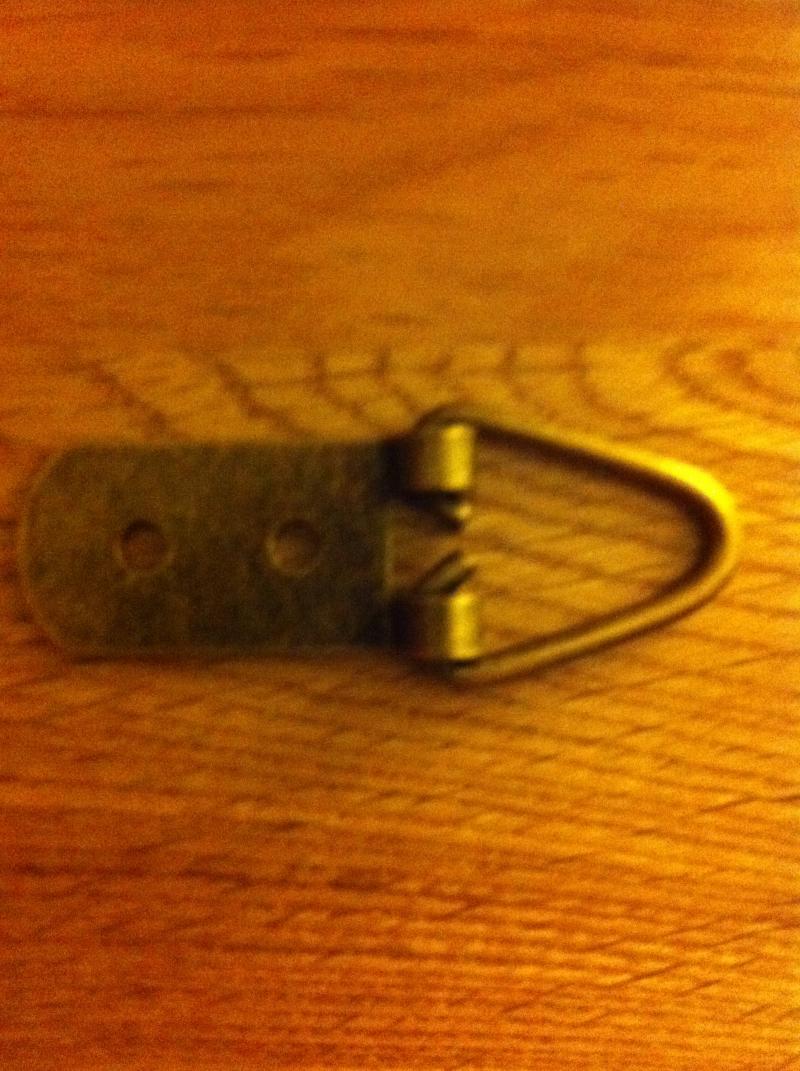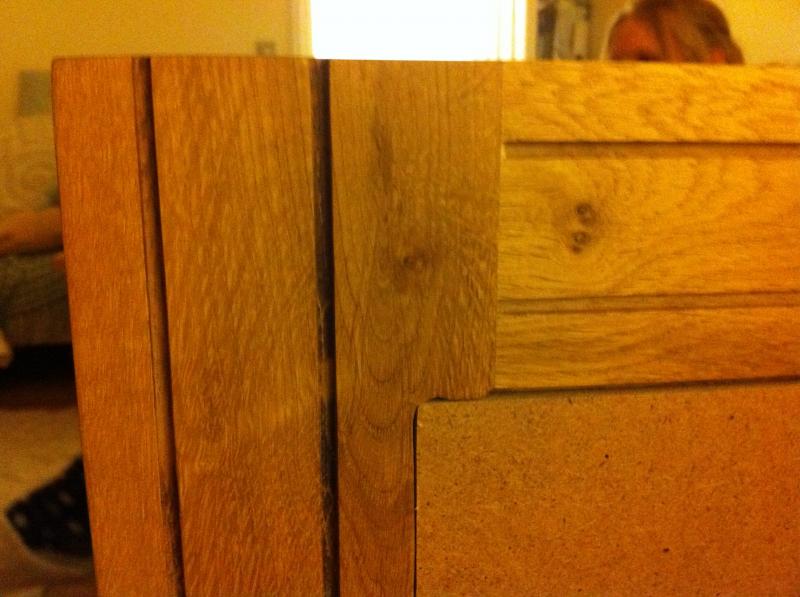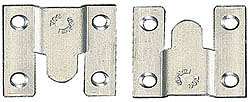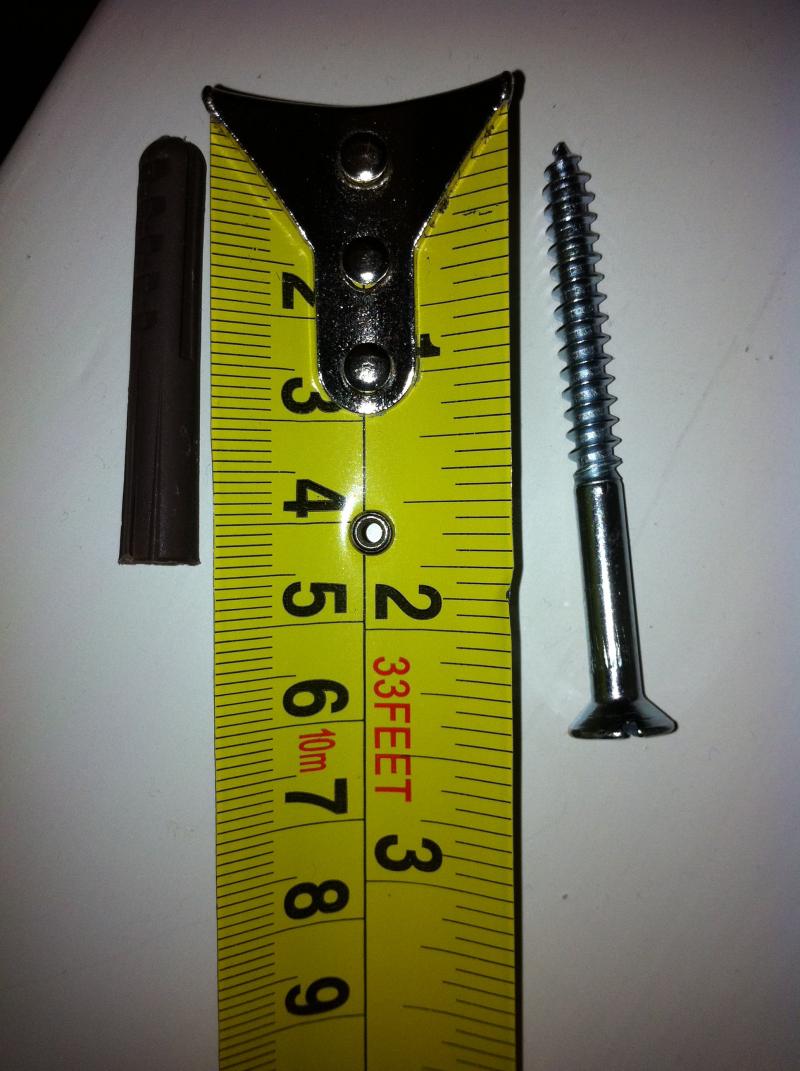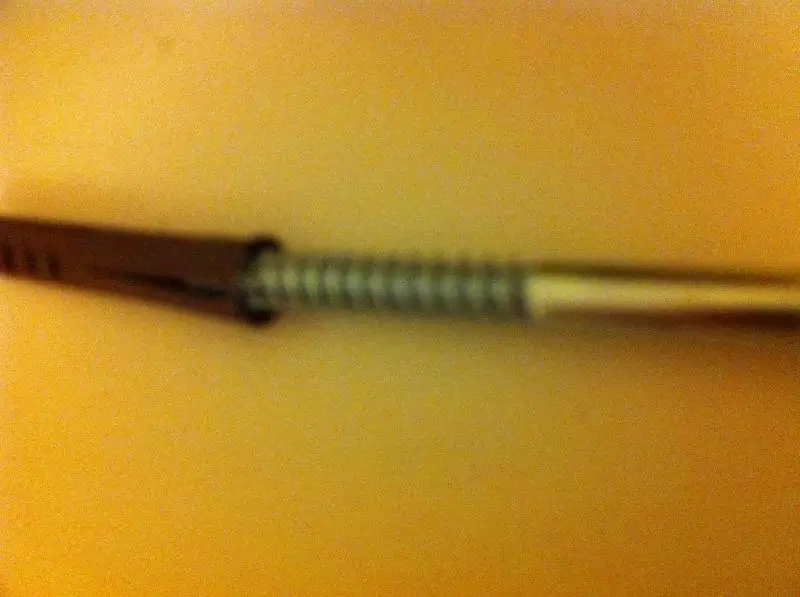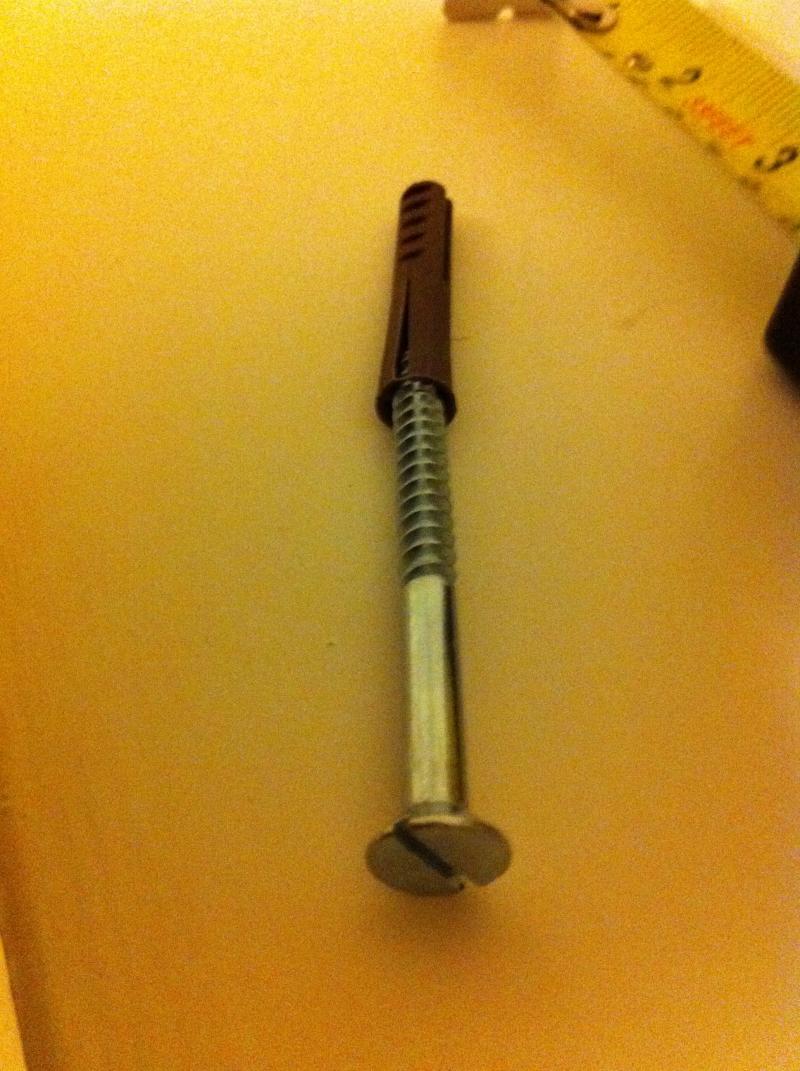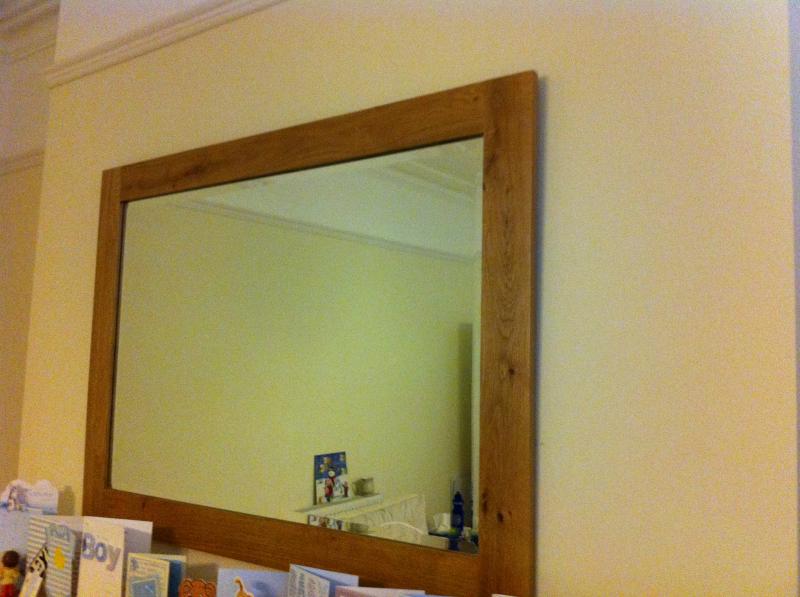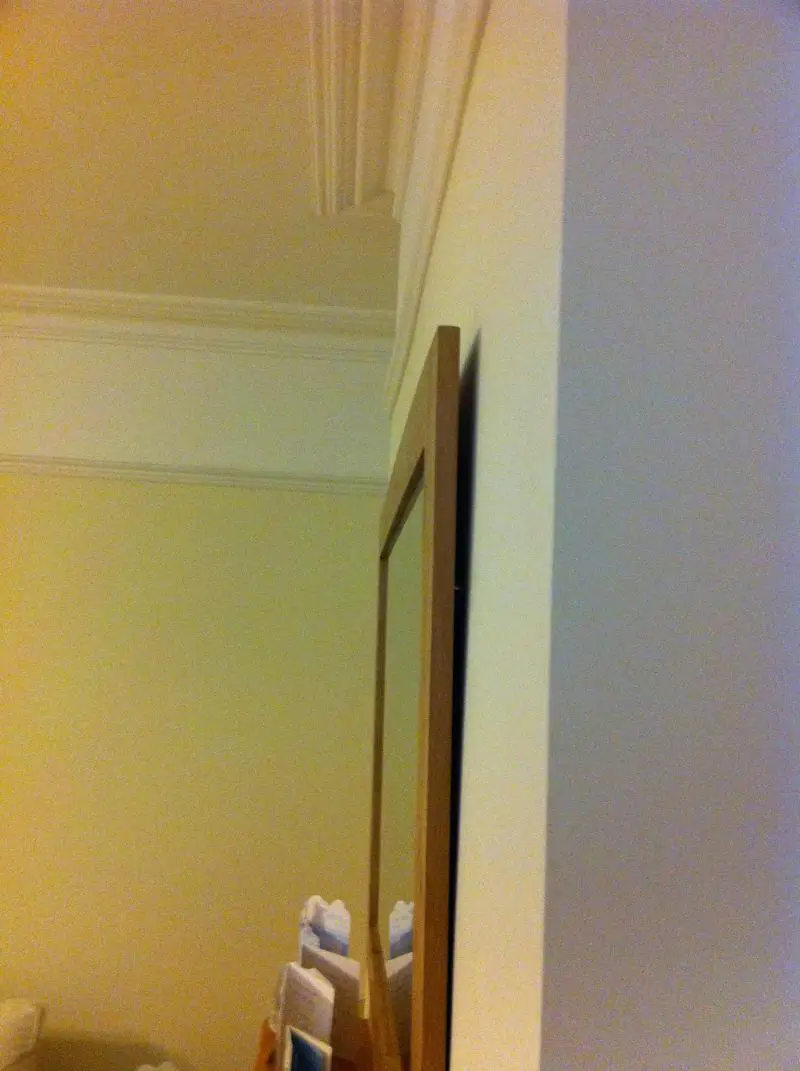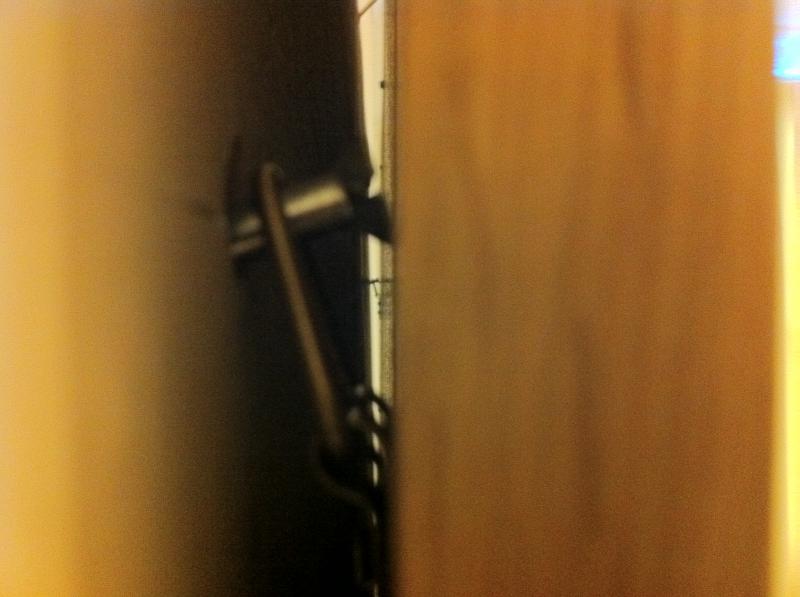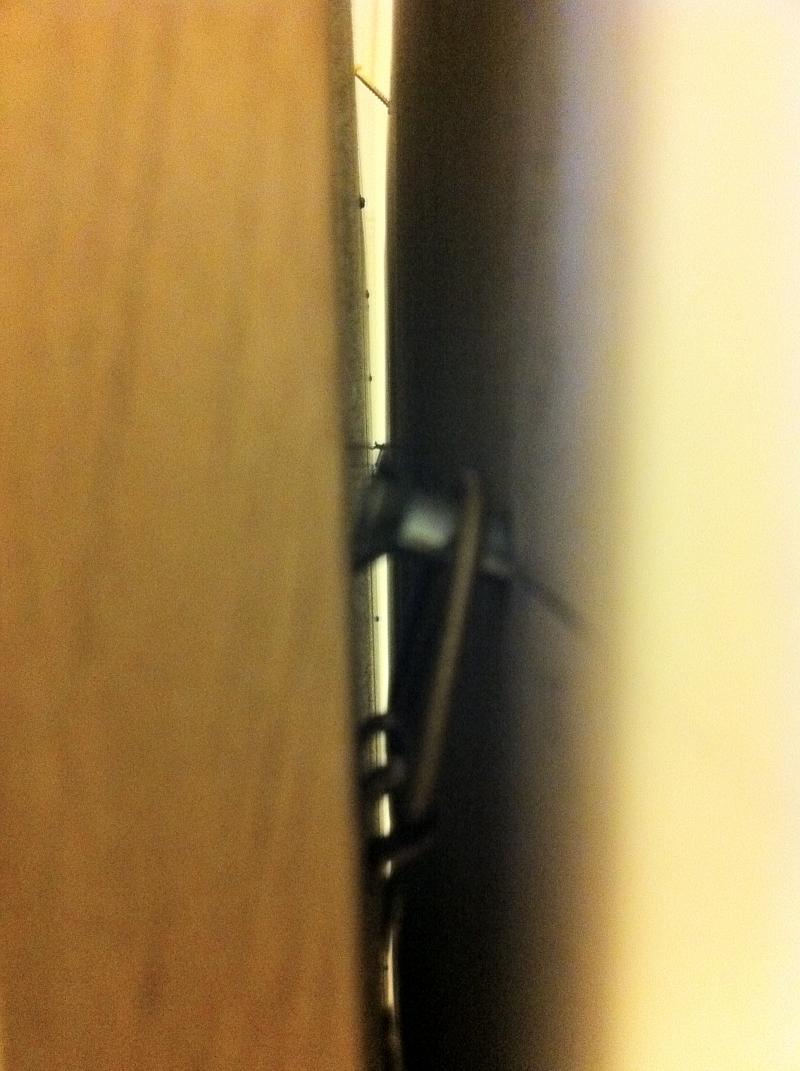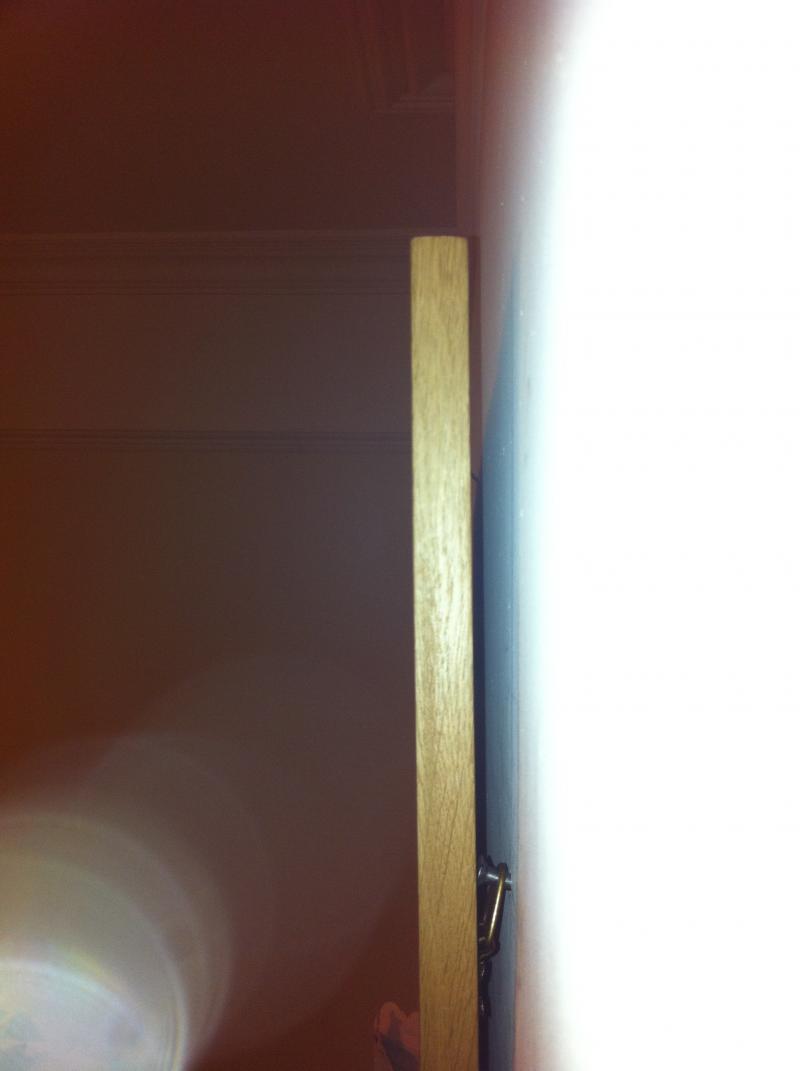Hello,
Thank you very much for reading my post.
This will seem basic to you experts, but I'm not fully comprehending it.
I have a large heavy mirror to hang above a fireplace (plaster then brick in the wall). Most of the posts on this forum recommend brown wall plugs, although some sites have recommend 'anchors'.
I went to my local hardware store and he sold me these brass/gold screws with the brown wall plug. I quizzed him if it would hold, and he was very confident.
Plug is 40mm and screw is 50mm.
However to me, the gray screw and plug look way more likely to stay in the wall and the brown plug looks pretty wimpy.
I appreciate that both will expand in the wall to apply pressure, but it just doesn't look sufficient to me and I don't want to take any chances.
Why is he so confident? Will this little brown wall plug really hold a big mirror in a solid oak frame (120 x 80)?
Thank you for your guidance and patience,
Matt
p.s. this may be even more newbie, but why do people put them in level? (perpendicular to the wall) If they were on a downward angle, they would have no chance of coming out would they?
Thank you very much for reading my post.
This will seem basic to you experts, but I'm not fully comprehending it.
I have a large heavy mirror to hang above a fireplace (plaster then brick in the wall). Most of the posts on this forum recommend brown wall plugs, although some sites have recommend 'anchors'.
I went to my local hardware store and he sold me these brass/gold screws with the brown wall plug. I quizzed him if it would hold, and he was very confident.
Plug is 40mm and screw is 50mm.
However to me, the gray screw and plug look way more likely to stay in the wall and the brown plug looks pretty wimpy.
I appreciate that both will expand in the wall to apply pressure, but it just doesn't look sufficient to me and I don't want to take any chances.
Why is he so confident? Will this little brown wall plug really hold a big mirror in a solid oak frame (120 x 80)?
Thank you for your guidance and patience,
Matt
p.s. this may be even more newbie, but why do people put them in level? (perpendicular to the wall) If they were on a downward angle, they would have no chance of coming out would they?


